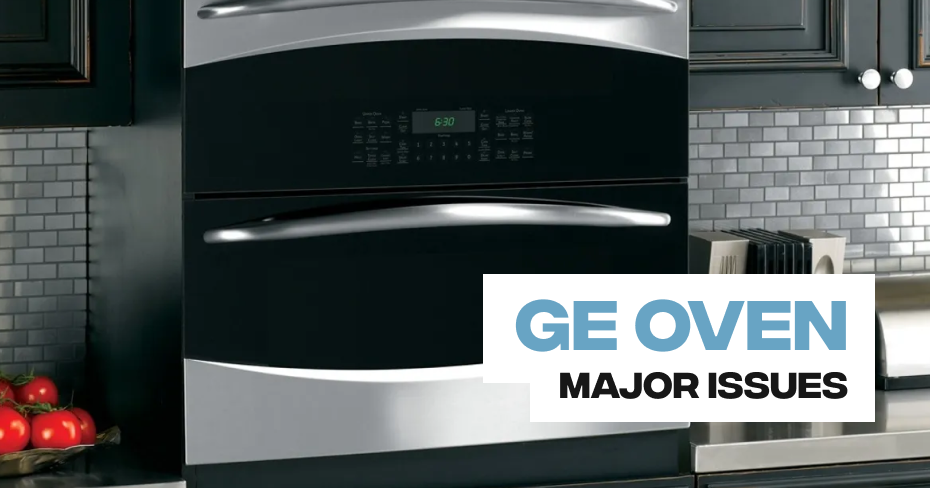
GE Oven Burnt or Irregular Baking
An oven that cooks unevenly can disguise itself as cooking blunders, with some foods emerging overdone while others are still raw. However, there are multiple causes for uneven baking that have nothing to do with your chef skills. From improper preheating to a faulty temperature sensor, we’ll troubleshoot a GE oven not baking evenly and provide some simple solutions.
Is Your GE Oven Not Baking Evenly? This May Be Why
An oven that bakes unevenly doesn’t always require a repair. Sometimes some simple changes to your use and care can solve the problem. Before we discuss possible malfunctions, the most common causes for a GE oven not baking evenly can be fixed with some easy adjustments.
Most Common Causes Of Uneven Baking
What do you do when your oven cooks unevenly? Before assuming the worst or calling for a repair, check for these common causes that can be fixed with some simple corrections:
Oven is not level: An oven that’s not level can lead to uneven batter distribution, leaving food unevenly baked. Use a carpenter’s level to make sure the oven is perfectly horizontal, adjusting the legs if necessary.
Door is opened frequently: Opening the door during cooking releases heat that elongates cooking times.
Improper preheating: Allow the oven to fully preheat to its set temperature. A GE oven not baking evenly due to improper preheating can leave food over-browned on top and undercooked on the bottom.
Incorrect cookware: Dark pans can absorb heat faster, causing deeper browning. Lighter pans reflect heat, resulting in less browning. When using darker pans, consider adjusting the oven temperature or cooking time.
Oven Thermostat Not Calibrated Correctly
Though you may set a specific oven temperature, the actual internal temperature can fluctuate while cooking. The oven’s thermostat reads these fluctuations and signals the oven to cycle the heat on and off, as needed. If you find your GE oven not cooking properly, the thermostat may need to be recalibrated to better reflect the set temperature.
Refer to your user manual for the exact instructions on how to calibrate the thermostat in your model oven. Most can be adjusted up to 35°F.
Faulty Oven Bake Element
Electric oven temperature problems are often caused by a faulty bake element. If the bake element at the bottom of the oven isn’t heating properly, only the broil element at the top will provide consistent heat. This can lead to uneven baking.
When a faulty bake element is responsible for a GE oven not heating correctly you may notice visible damage like breaks or blistering. The element may also have an interrupted or weaker red glow. While our oven cleaning tips can prevent this kind of damage, it often occurs with repeated use of the self-cleaning cycle. If these signs are evident, or the element exhibits a lack of continuity with multimeter testing, it needs to be replaced.
Defective Oven Temperature Sensor
GE oven temperature problems can also be due to a defective temperature sensor. This component works with the control board and thermostat to regulate the oven’s temperature.
If the temperature sensor is touching the oven wall it can give inaccurate readings. Reposition the sensor away from the wall if necessary. Still concerned that the sensor is inaccurate? Test it with an ohmmeter as the oven is preheating. If the sensor’s resistance doesn’t rise with the oven’s temperature, it’s faulty and requires replacement.
Oven Convection Fan Not Working
Convection ovens vs regular ovens use a fan to circulate hot air, leading to faster and more even baking. However, a convection model GE oven not working correctly may have a fan malfunction, resulting in uneven cooking.
Malfunctions are most often due to fan motor problems. If the motor doesn’t run at all or the shaft doesn’t turn freely, test the motor for continuity with a multimeter. A lack of continuity means the motor needs replacement.
Schedule Appointment